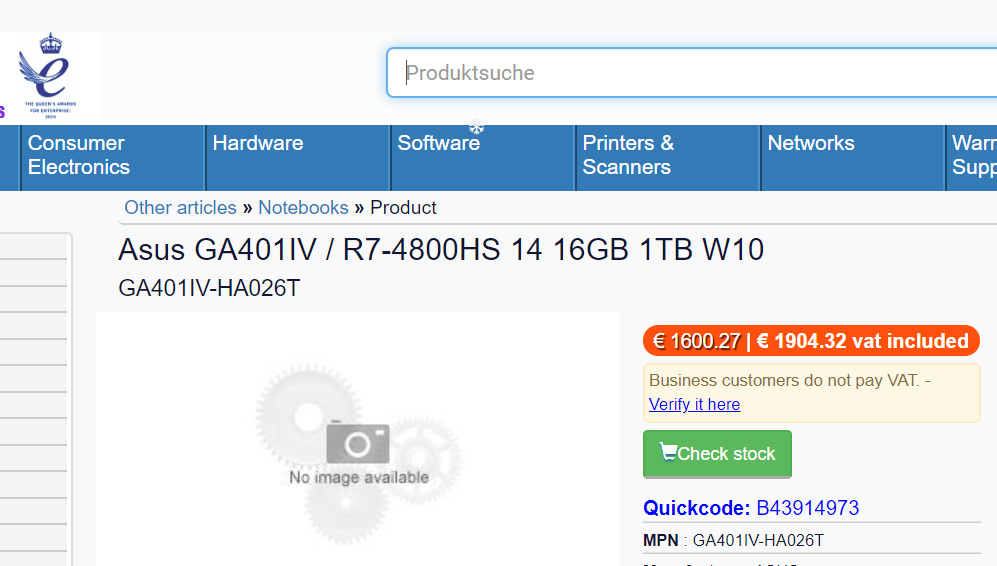You are mixing two very different things here: ISA extension and Processor uarch features. One is interface thing (HW and SW needs to adapt), the other is blackbox thing (no SW adaptation needed). You desperately try to defend your naive SMT4 feature revealing during Zen2 presentation. You give a hard time to yourself by trying to defend such a things.
Metric like SPECint2006/GHz is not an invention, it's just basic engineering to normalize values to be comparable. IPC on its own means nothing? Maybe for you. However for engineers an IPC is the most important metric about CPU architecture performance.
Problem no. 1 is that you don't want to see that x86 AMD Ryzen 3950X is loosing vs. Apple A13 in
overall performance (50.02 vs 52.82) despite its much higher frequency 4.6GHz vs 2.65 GHz
. Any x86 CPU is terribly slower than Apple's ARM in therms of IPC.
Problem no. 2 is that generic Cortex core A77 is also a bit faster than Zen 2. This is not a prediction of x86 will be in trouble in the future. This is actually measured values confirming the fact that
x86 is in trouble already IMHO. Feel free to show us your own measurement to proving x86 superiority. I'd prefer less talking and more graphs and numbers please.
IPC calculations of SPECint2006:
- - 9900K .... 54.28/5 GHz = 10.86 pts/GHz
- - 3950X .... 50.02/4.6 GH = 10.87 pts/GHz
- - A76 ........ 26.65/2.84 GHz = 9.38 pts/GHz
- - A77 ........ 33.32/2.84 GHz = 11.73 pts/GHz ...... +8% IPC over 9900K
- - A11 ........ 36.80/2.39 GHz = 15.40 pts/GHz .... +42% IPC over 9900K
- - A12 ........ 45.32/2.53 GHz = 17.91 pts/GHz .... +65% IPC over 9900K
- - A13 ........ 52.82/2.65 GHz = 19.93 pts/GHz .... +83% IPC over 9900K
- - A14 ........ 66.00/3.00 GHz = 22.00 pts/GHz (estimated +10%IPC)
- - Zen3 ...... 60.00/4.60 GHz = 13.04 pts/GHz (estimated +20% IPC)
For example Ampere eMag 80-core ARM server CPU with A76 will be hard competitor to AMD's 64c EPYC. Those 16-cores advantage is exactly +25% more. This compensates SMT2 feature (usually +15-25% performance boost) while having same performance with just 80 threads in compare to Epyc's 128 threads (SMT2). AMD needs Zen 3 to be something much better than just poor Zen 2.



